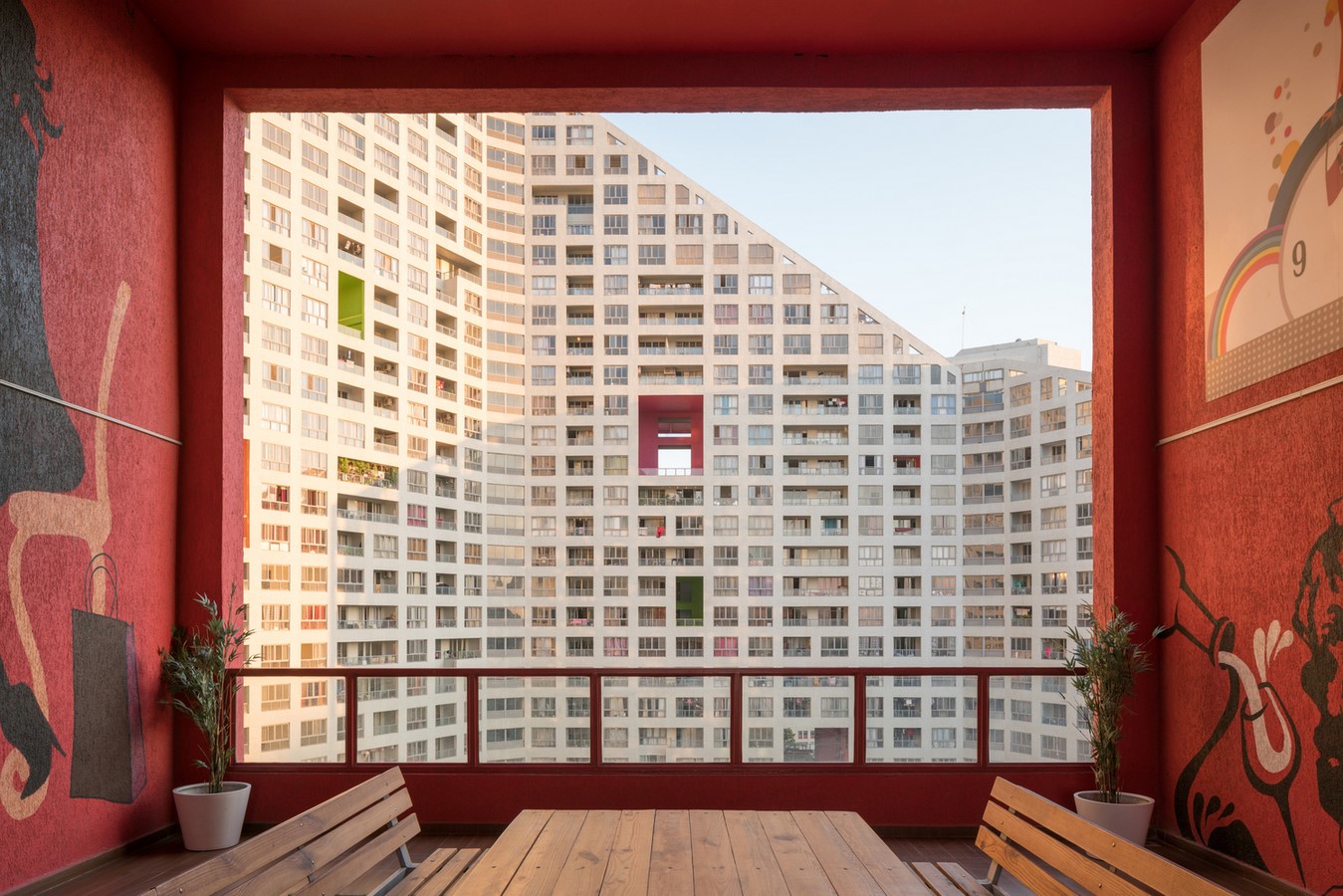Mumbai, the economic capital of India is home to about 20 million people. Like any other megacity, Mumbai has its set of benefits and problems. But there can be no twin city of Mumbai in the world for its unique display of disparity. A large population of this city with the highest number of skyscrapers in the country lives in slums. This irony is the very character of the city of Mumbai. This longitudinal settlement that stretches from North to South along the coast of the Arabian Sea, has its set of unique problems with its built environment that must be addressed by every architect and urban planner. One must remember these 10 things before any kind of intervention in the city of dreams.
Explore approaches for Zero-waste and Recyclable Architecture
Construction waste is a significant problem in a massive city like Mumbai. Also because in Mumbai, construction over demolished structures is a usual practice. In such cases, the debris fills up the landfills. Architects must look for recyclable and biodegradable materials to reduce the waste produced that ends up in the landfills.
For Example – Architect Malaksingh Gill uses four principles for eco-friendly construction. The first is to minimize construction costs. Second, use materials only available within 1 KM of the radius of the site. The third is to ensure that it is constructed by the locals and the fourth is blending it with the landscape.
Strengthen livelihood while land reclamation
The livelihood of Mumbaikars that live in slums is highly dependent on the way their lives are interlinked with the built fabric around them. In matters of slum rehabilitation, people are arranged carelessly in housing towers constructed to clear the area of the slum for redevelopment. Slum habitants often use the street outside their dwellings as a workspace. The new houses lack this space that facilitates their livelihood. Architects of Mumbai must find innovative solutions for slum rehabilitation and land reclamation to empower the people and support their subsistence.
For Example – Mixed-use housing units or mixed-use districts can be explored as an approach to face this crisis.
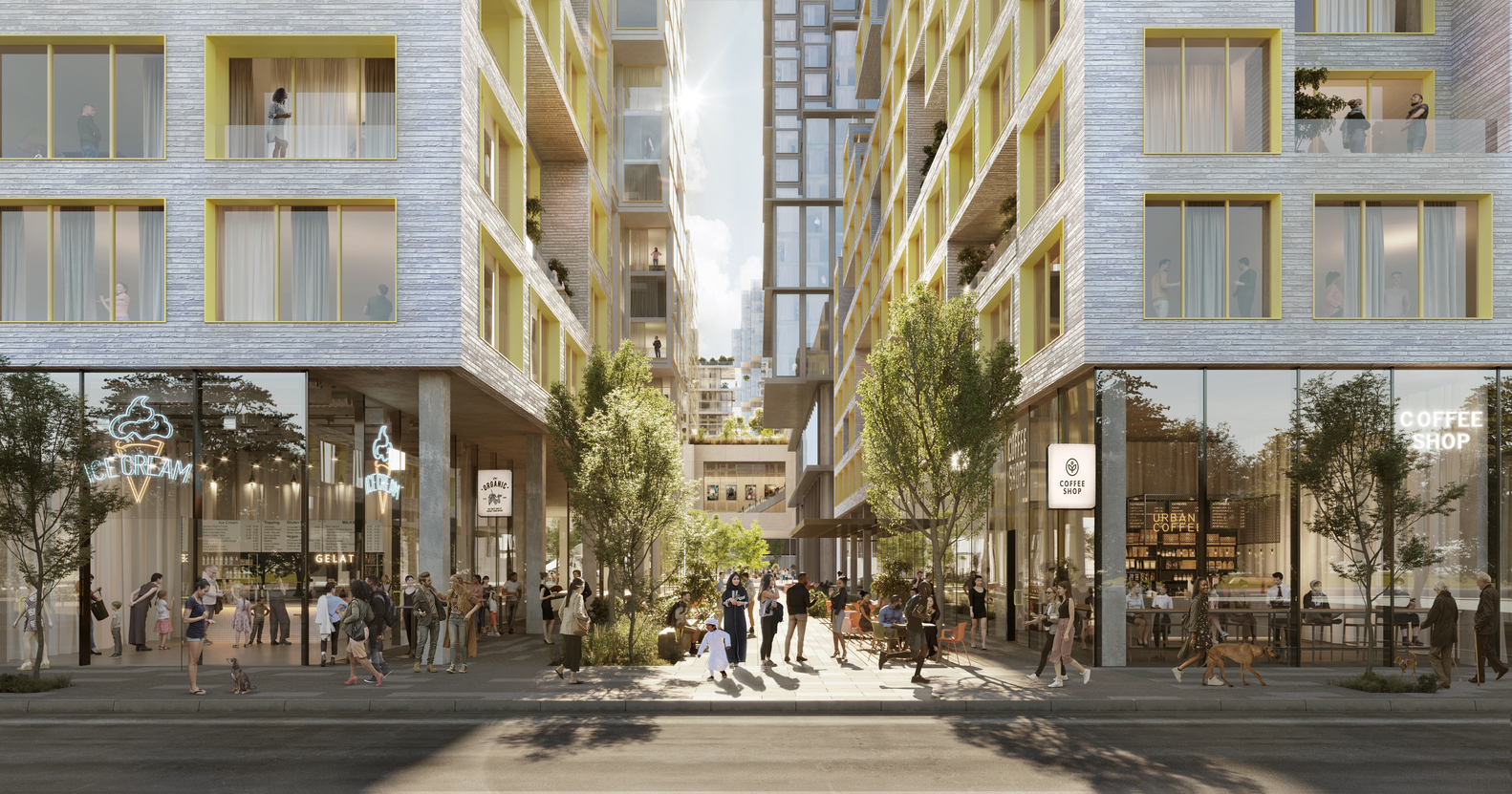
Response to waterlogging due to heavy rains
Waterlogging in monsoon is a pattern in Mumbai since forever. A visual, where roads are filled with water instead of cars, is most likely to be identified as an image of Mumbai after the rains. This is a problem that is in constant pursuit of a solution. Whether or not one can solve this entire problem, a designer in Mumbai should always make sure that s/he doesn’t add on to it. Interventions on both micro and macro levels are needed to curb this issue.
For Example – Newer materials must be explored for creating the sidewalks and pedestrian lanes, instead of using concrete boulders. Climate tile is one such innovative project that is supposed to redirect excess rainwater.
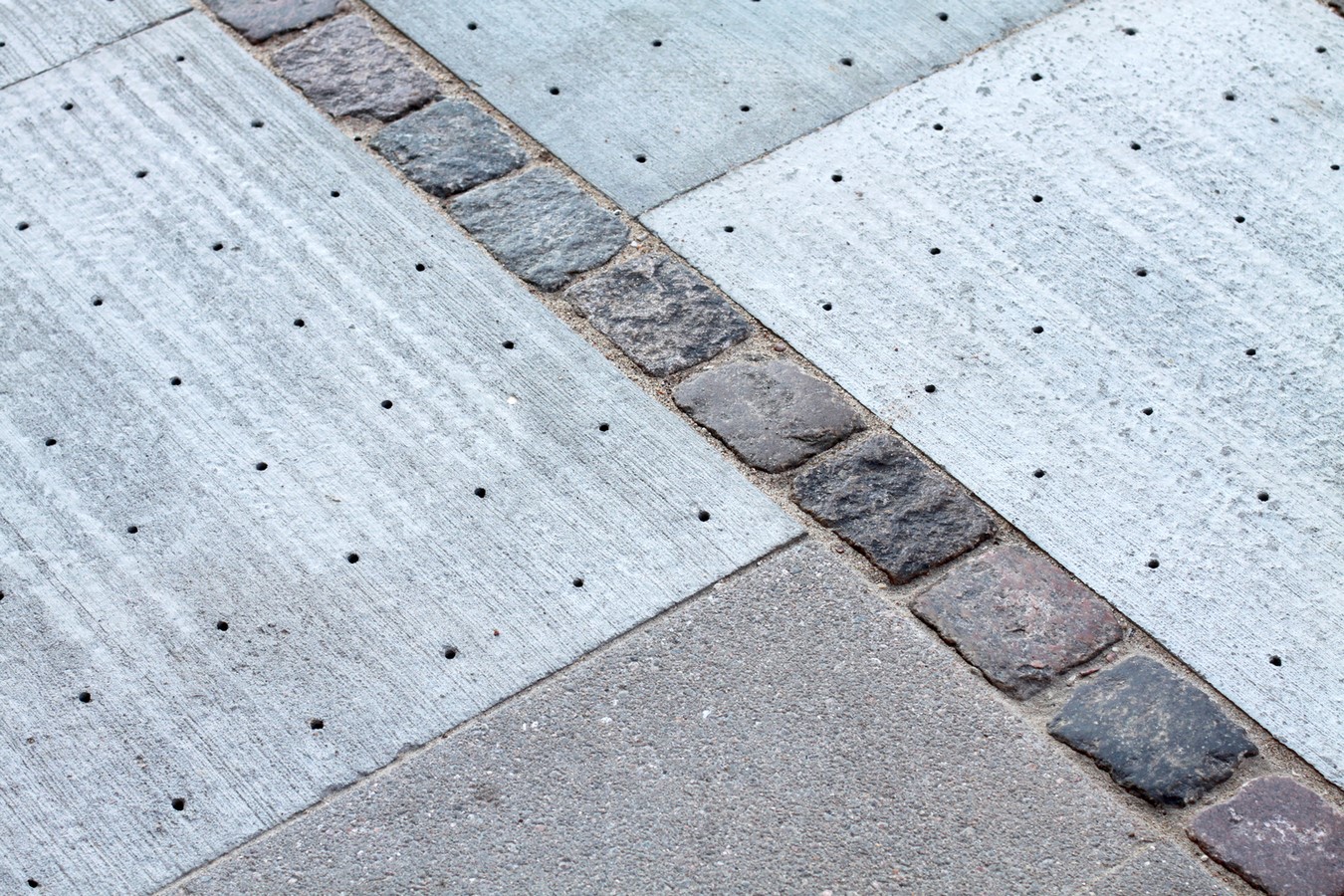
Provision for health and sanitation in buildings
One thing that our cities and their designers must learn from this global pandemic is the undeniable value of sanitation for a city to be healthy and livable. A city like Mumbai that is the economic hub of the country, by all means, should make sure that its people are in safe living conditions to prevent stagnation of market activities due to reasons such as a pandemic. Unfortunately, Mumbai and its architects, planners, and the governing bodies have hardly bothered to learn from the historical breakouts of infectious diseases in the city. Every architect and planner must design a building or a street while making sure they do not compromise on the two most important aspects of good health – provision for natural light and proper ventilation.
For Example – Architects must check their building designs to comply with suggestive guidelines for a healthy building.
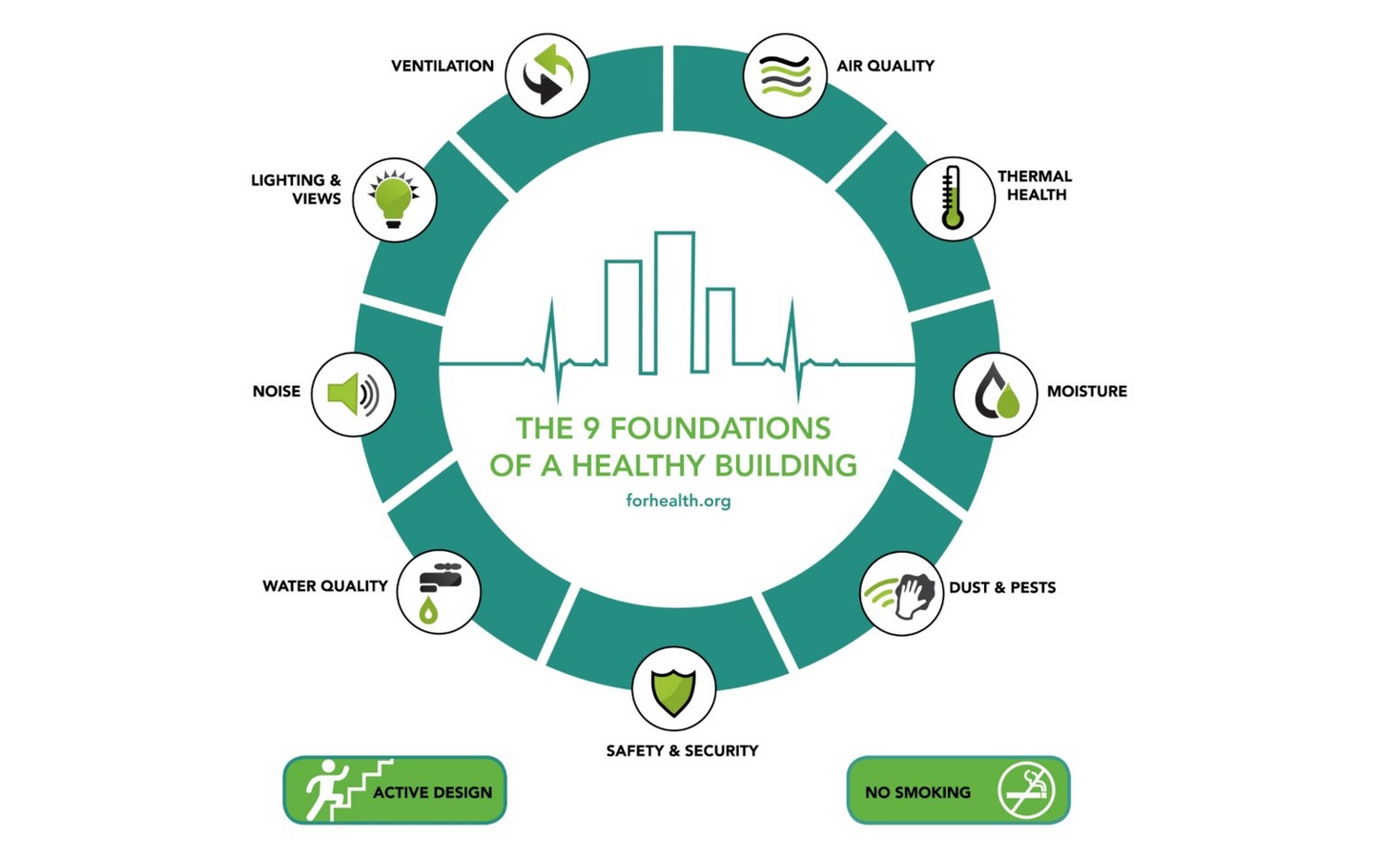
Innovate in commercially driven architecture
The real estate market that controls the prices of housing, offices, and land in Mumbai, definitely affects the quality of architecture that is being produced due to such restraints. We find in Mumbai that even densely packed, poorly lit, and mostly unventilated houses cost a fortune and can be bought by only a small percentage of those residing in Mumbai. Architects and urban planners of the city must find innovative solutions to deal with the economic conditions and not use it as an excuse to produce horrific architecture and add up to the problems of the city.
For Example – Develop spaces and buildings in ways that challenge the norms and provide good architecture while working in the constraints of commerce.
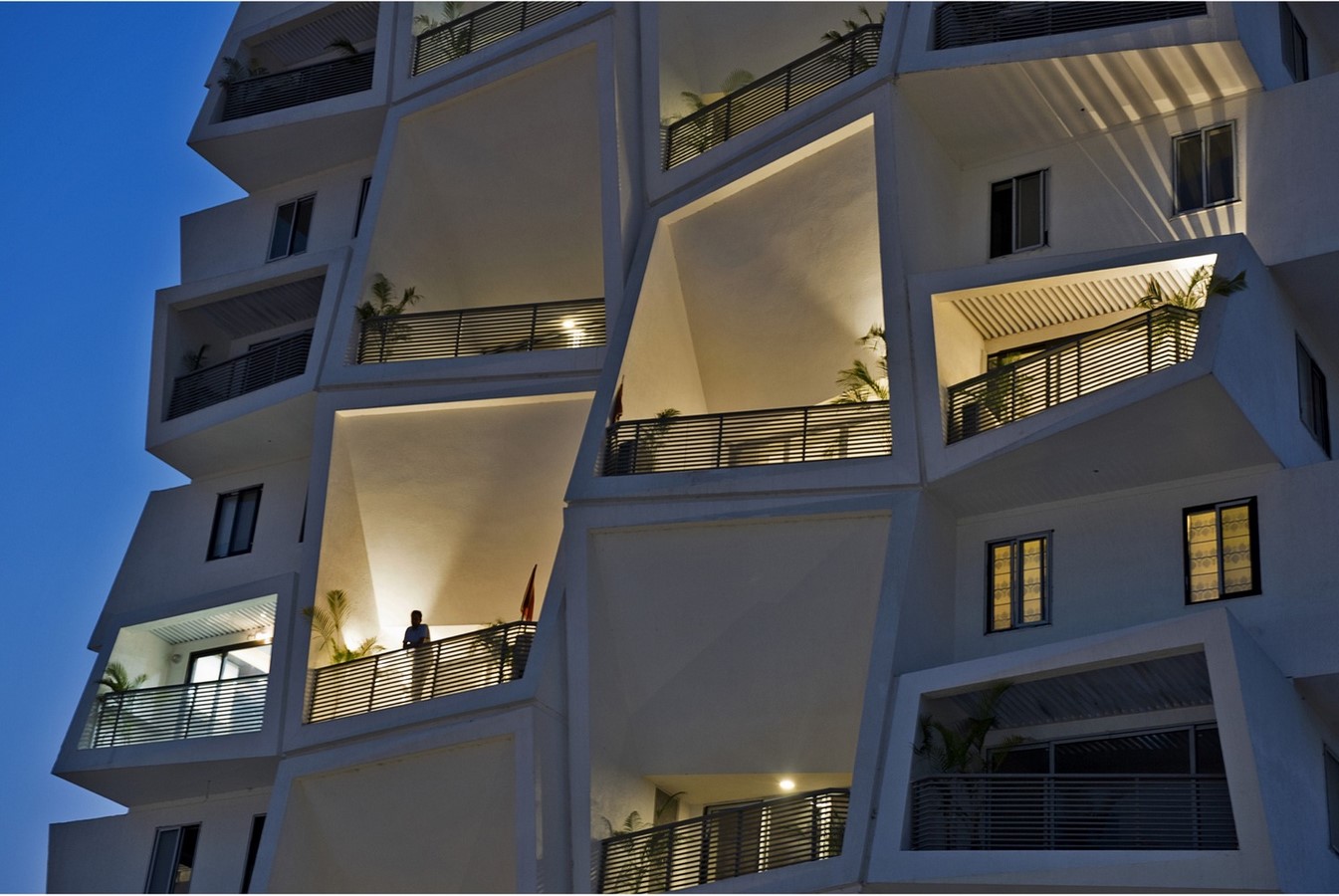
An environmental intervention to prevent the coast
A study says that about 40 % of people in the world live within 100 kilometers of coastline. Due to the rise in sea levels, these coastal regions are susceptible to flooding. It is important to realize the urgency of the issue and make possible interventions to buy as much time as possible from the risk of flooding and work towards finding sustainable solutions to prevent the coasts from flooding. Mumbai’s coastal developments must address this issue in the future and intervene in suitable ways, either by raising the street level or by inviting the excess water into the city by planning for it instead of focusing on short term problems. The massive coastal road project of Mumbai is a concern and threat to flooding.
For example – A newer approach tried in Seoul, South Korea, to give excess flood water space in the urban fabric instead of trying to control it using engineering techniques.
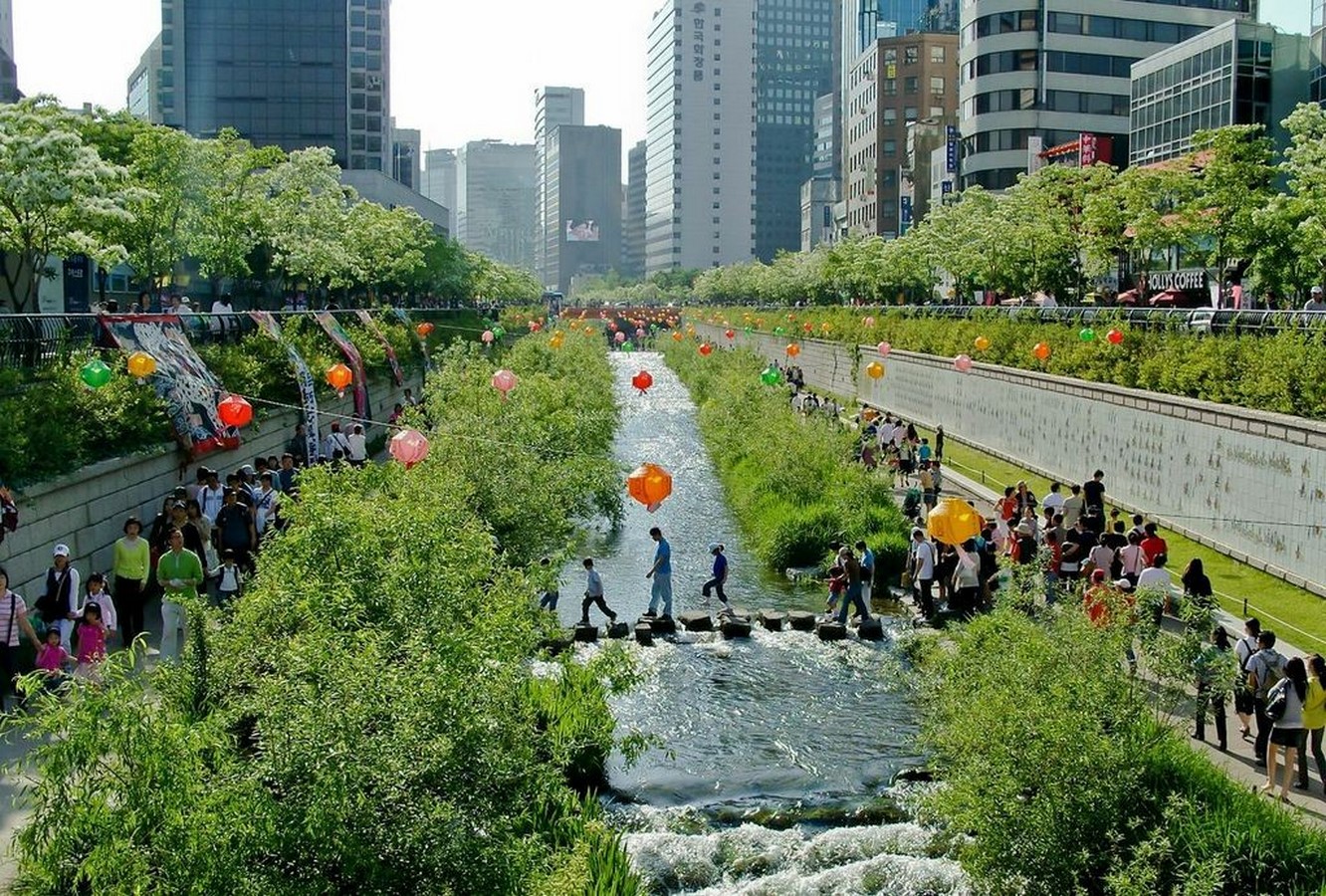
Public spaces for social and mental well-being
Public spaces allow the residents of the city to walk, play, rest, contemplate in the open. However, public spaces post-COVID have to be rethought and executed, it is necessary for the health and well being of the city. Public spaces like Hyde Park or Central Park are not possible today in the city of Mumbai. It is, however, possible to create smaller pockets in every locality.
For example – in Sameep Padora’s affordable housing project, Udaan has its pockets of public spaces integrated within the housing unit and runs throughout the building, providing a better chance for social activity and maintenance of the space.
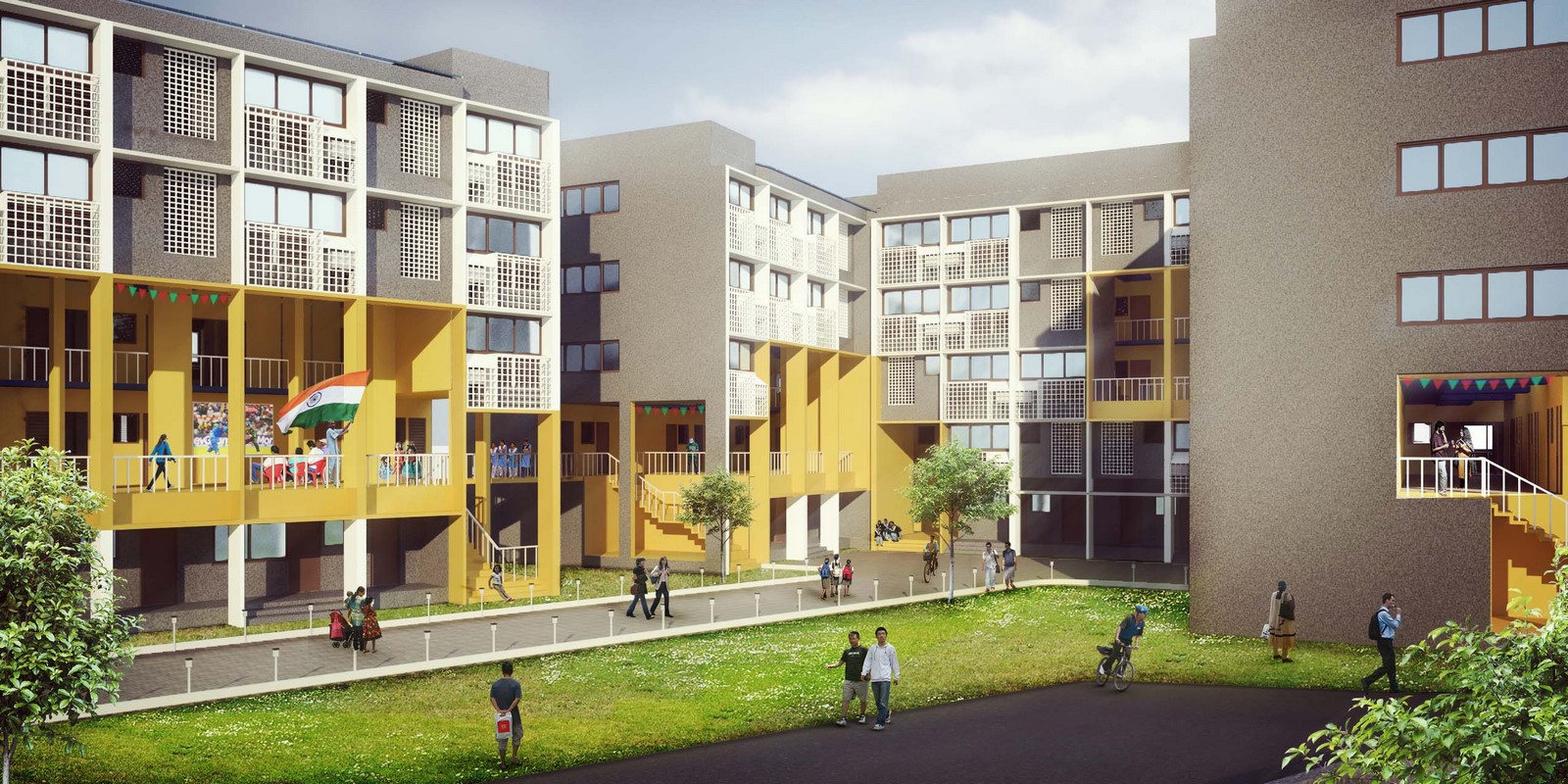
Climate-responsive design
It is both redundant and necessary to emphasize that our buildings must be designed for the climatic conditions. Technology is a two-faced beast, we have learned that by now. It on one hand facilitates and makes our lives easier while taking a toll on the environment which will eventually make our very living conditions compromised. The cooling and heating equipment that we use for our buildings are killing the environment. Therefore to design a climate-responsive building is as big an environmental intervention.
For Example – The Learning Courtyards by Sanjay Puri Architects is a naturally lit & ventilated school with reduced heat gain to create a design that can run without huge maintenance cost.
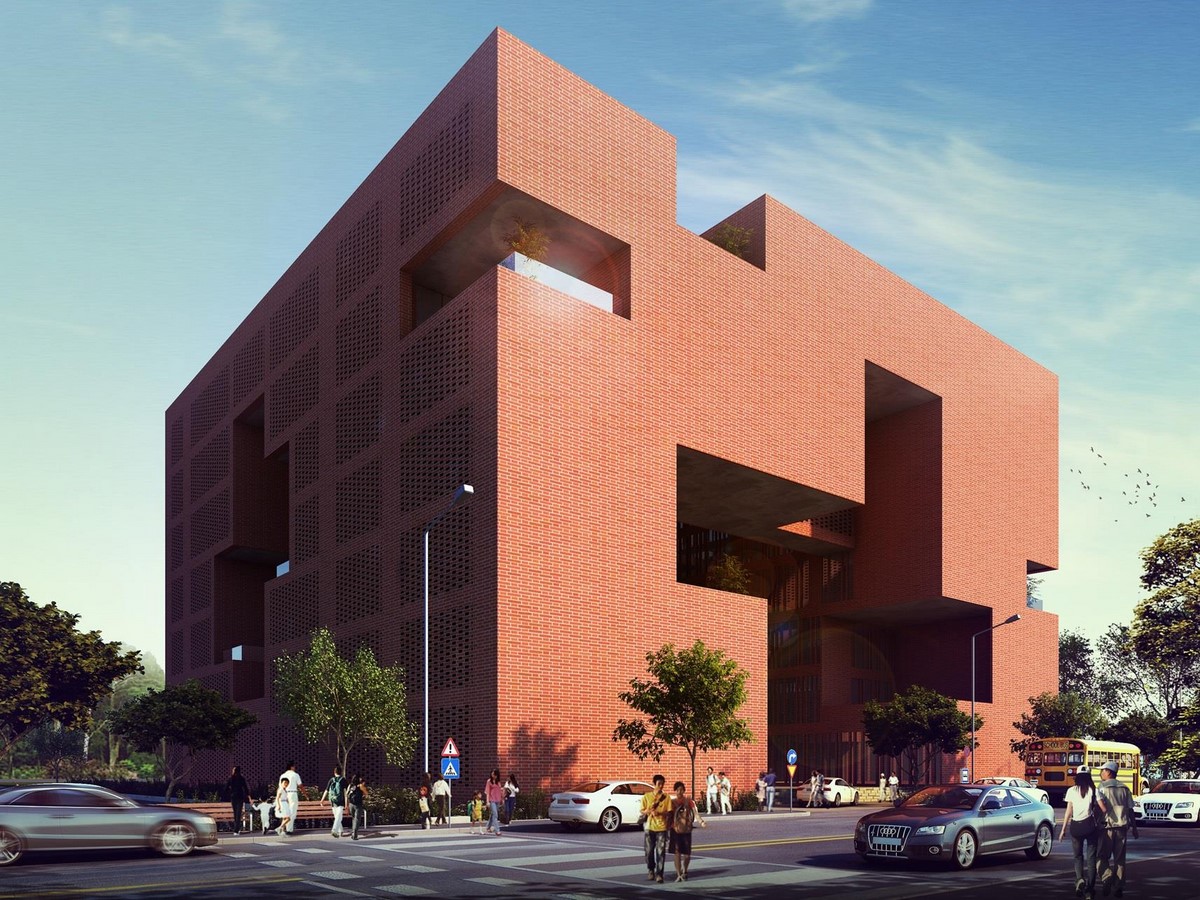
Being local in a metropolitan
One of the biggest criticisms faced by the contemporary architecture in India and especially the megacities like Mumbai is of building without context and that there is no character to the architecture of this land. Buildings that we see today are plucked and potted versions of what we see in America and Europe. There is no account of the city’s cultural, climatic, and social demands whatsoever. The designers must work towards developing the local character and language of the buildings of Mumbai along with catering to the global expectations of a metropolitan.
For example – Charles Correa’s Kanchanjunga Apartments in Mumbai and all other works, in general, will always be relevant for the case of the local identity of architecture in a modern setting.
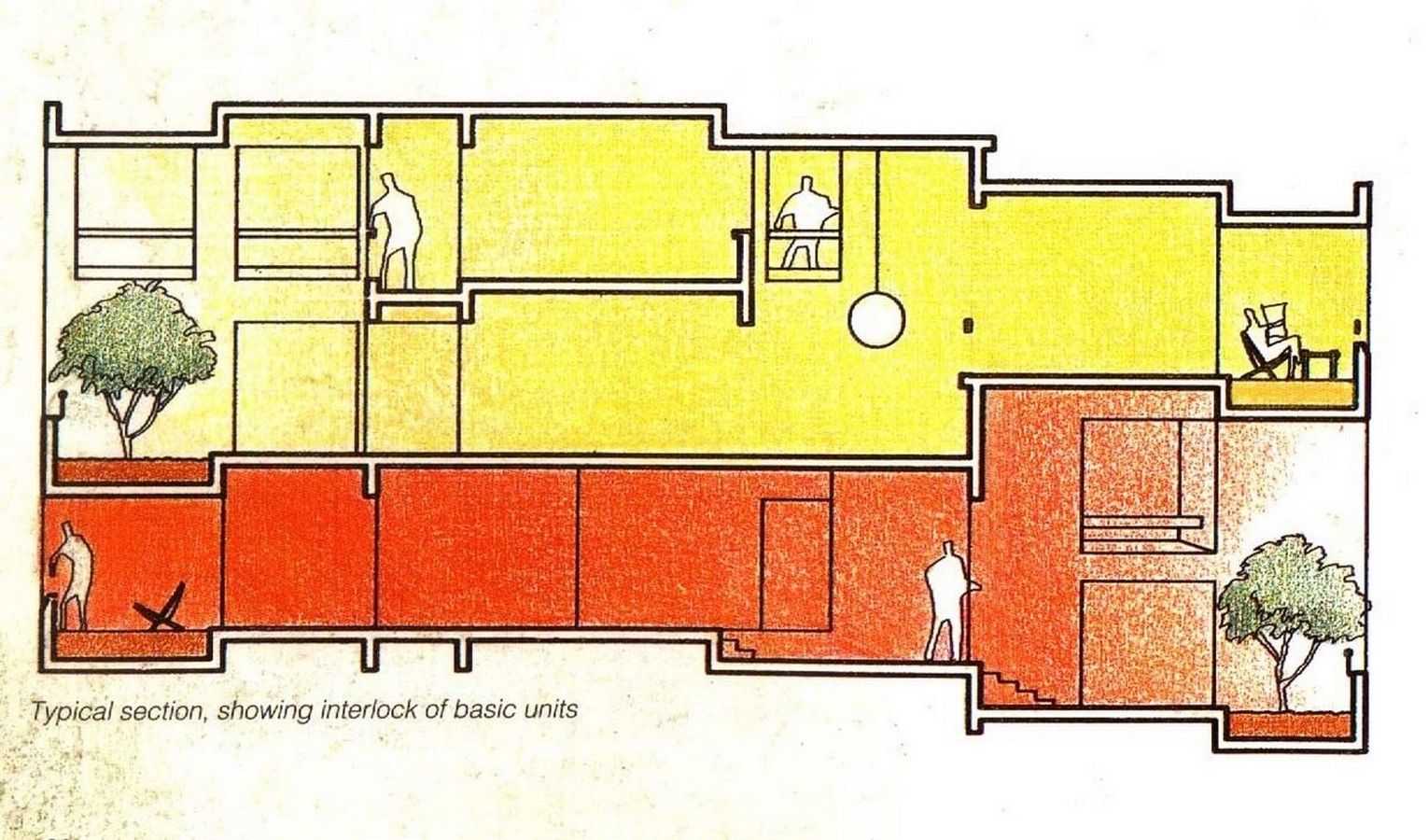
Rethinking the densification
Due to COVID, the cities of the country, especially Mumbai have been hit the hardest. It is time to question the idea of densification as a sustainable approach to expand cities. Mumbai, which has a huge demand for housing and very less vacant land, continues to expand itself by reclaiming the land to expand while packing the people tightly in high towers. The less fortunate ones are forced to live more densely packed under conditions, not fit for human habitation in the slums like Dharavi. It is high time that architects and planners start to rethink this close packing of humans. Innovative approaches for stacking up houses both horizontally and vertically are needed.
For example – Pune’s future tower has attempted to house more people close together in a united tower while meeting the demands of Indian households.
